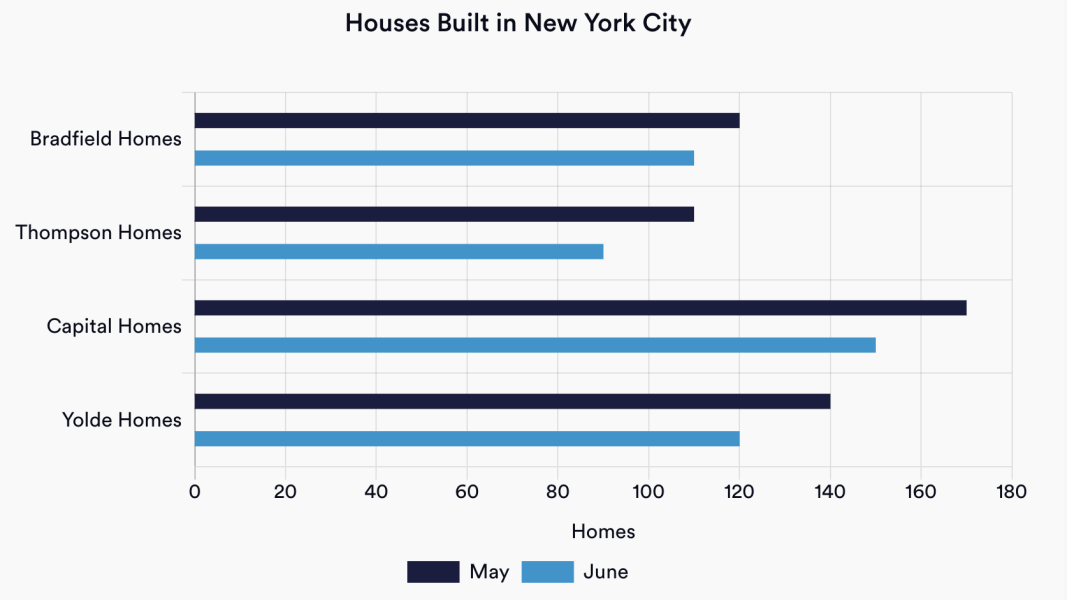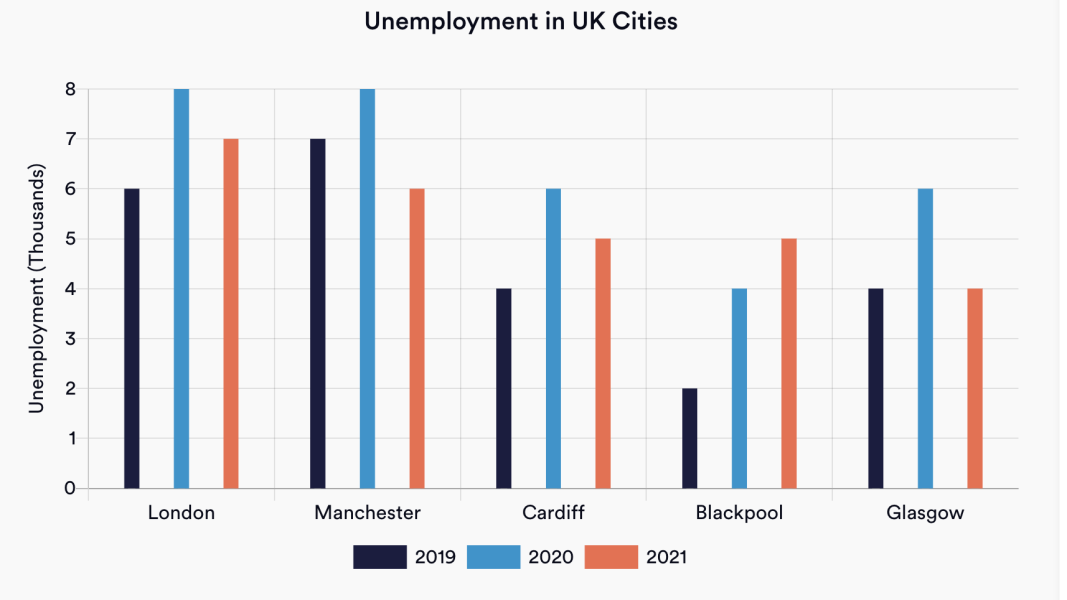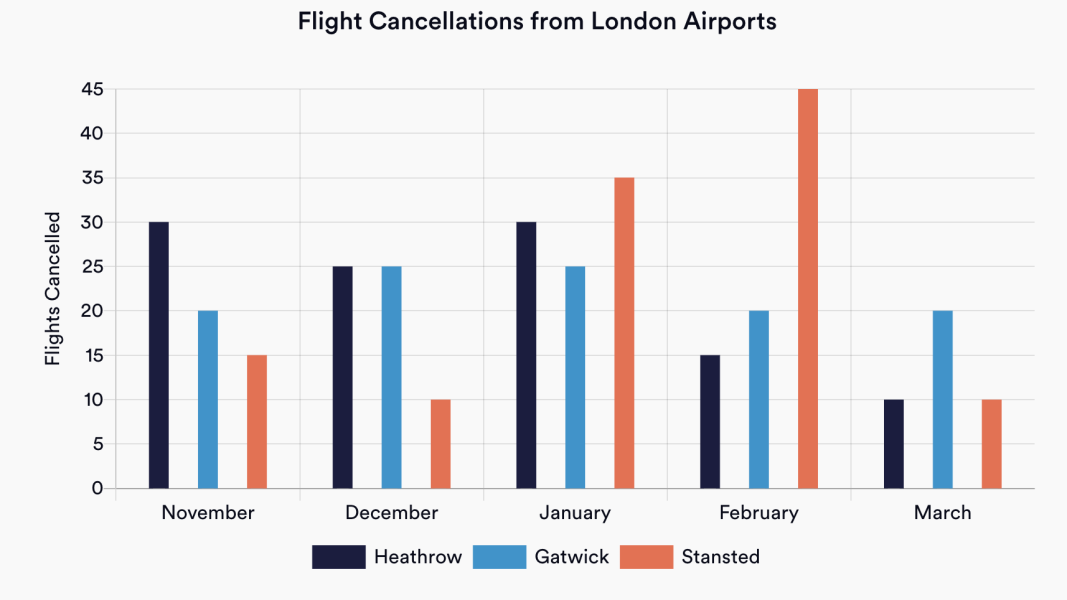How are numerical reasoning tests scored?
Numerical reasoning tests use various scoring systems, but the two most common are raw and comparative. Raw score is when all your correct answers are summarized and displayed in percentage ratio. Comparative score is when your results are compared to the results of other people who took the test in your group.
Where will I take my numerical reasoning test?
Depending on the employer, you may be asked to take your numerical reasoning test online, or in person at an assessment centre. If online, it may also be the case that you’re required to sit a second test in person as an anti-cheat precaution.
When should I expect my results?
Unfortunately, there’s no answer to this. It will vary between employers. If you’re unsuccessful in progressing to the next stage, you may not even receive your results at all. Where this is the case, you can always try contacting the HR department for feedback on your assessment. This can help you improve in future tests.
What's more important – speed or accuracy?
Ideally you want a fine balance between the two. The more questions you answer, the higher your score, but only if you get them right. Don’t take chances, and don’t let the time pressure get to you. Ultimately, practice is more important than either, since this is the best way to ensure you can work both quickly and correctly.
Can you use a calculator in numerical reasoning tests?
In most cases, yes, you’ll be able to use a calculator, and we recommend using one that you’re familiar with. However, this might not always be possible. There are some numerical assessment tests that don’t allow them at all, and others where, if taking the test in person, you’ll be given a standard issue calculator at the assessment centre. Every test will have different rules, so if you can, check this information beforehand.
Why are numerical reasoning tests so hard?
Numerical reasoning tests are hard to ensure that there’s a nice spread of results for employers to gain a strong understanding of their candidates’ analytical abilities. On top of this, some numerical reasoning tests are purposefully written to be difficult to reveal how candidates perform under pressure.
Where can I practice numerical reasoning tests?
There are many general practice tests available online, as well as publisher specific tests from the providers themselves, including those mentioned above. Some of these are free to use, some are paid for services that offer additional support. You can also use our own resources. We have a range of free aptitude tests to help you prepare for whatever type of assessment you may be facing.
Can I get help if taking my test online?
Having someone to help you with your numerical reasoning test is not a good idea and getting someone to take it for you should be avoided at all costs. You’re taking the test as an indicator of how well suited you are for the role in question. Cheating is not only disrespectful to the employer, it will be of no benefit to you in the long run.















